Most people are raising rabbits completely wrong—and it’s not their fault. Blame the cartoons, the pet store cages, or that “bunny starter kit” with all the wrong stuff. Somewhere along the way, rabbits got branded as low-maintenance, silent little fluffballs that live in cages and munch on carrots. That couldn’t be further from the truth. Rabbits are smart. Sensitive. Social. And the myths surrounding them often lead to boredom, stress, or worse. From diet disasters to housing mistakes, well-meaning owners are accidentally getting it all wrong. If you’ve ever believed a rabbit loves being held, or that it’s fine living alone, prepare to be surprised—and maybe a little guilty. But don’t worry. You’re about to learn better.
Myth: Rabbits are low-maintenance pets

Rabbits are often thought of as low-maintenance pets, but this couldn’t be further from the truth. They require daily care, including fresh hay, vegetables, and clean water. Regular grooming, social interaction, and a safe environment are essential. A rabbit’s diet and housing need to be carefully managed to ensure they thrive.
Ignoring these needs can lead to health issues and a stressed pet. Rabbits also require mental stimulation and plenty of space to hop and explore. Owners may find themselves dedicating significant time and resources to meet these needs.
Myth: Rabbits are great starter pets for kids
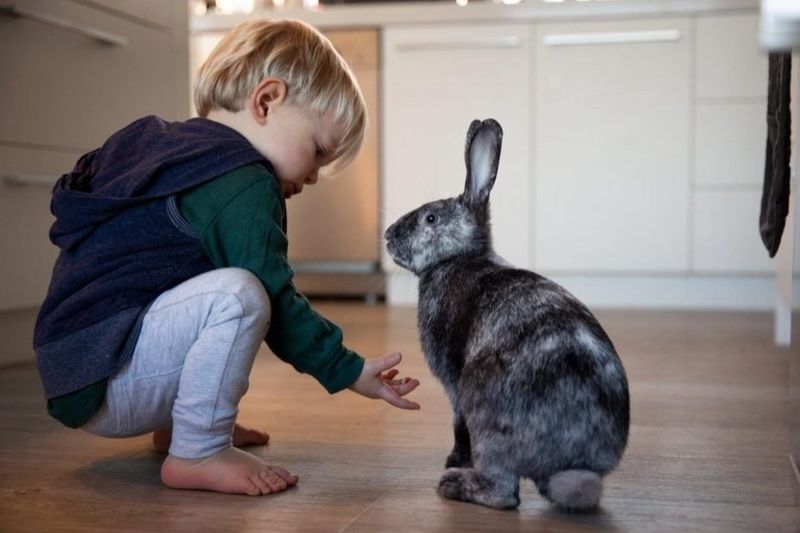
While rabbits appear cute and cuddly, they aren’t ideal starter pets for young children. Rabbits are sensitive and easily stressed by rough handling. Youngsters may not understand the gentle touch required, leading to unintentional harm.
Moreover, rabbits have specific dietary and environmental needs that children may struggle to manage. Adult supervision is crucial to ensure the rabbit’s well-being. Instead of being a child’s responsibility, caring for a rabbit is a family commitment, requiring patience and knowledge.
Myth: Rabbits only need a cage
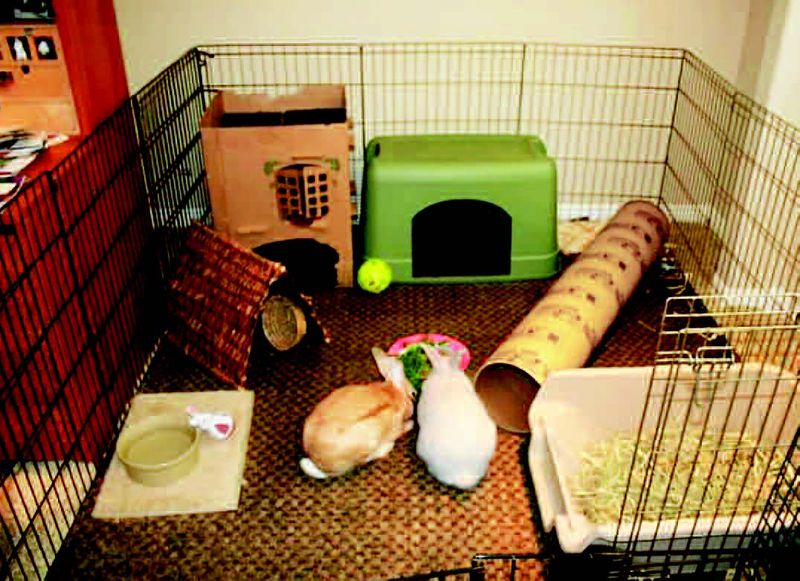
The belief that rabbits can live happily in a small cage is misleading. These active animals need plenty of space to roam, play, and exercise. A cage can serve as a safe retreat but should not be their permanent home.
Rabbits benefit from a ‘rabbit-proofed’ room or a large exercise pen where they can move freely. Providing an enriched environment with tunnels, toys, and hiding spots encourages natural behaviors. Confining them to a cage leads to boredom and health issues.
Myth: Rabbits are solitary animals

Contrary to popular belief, rabbits are social creatures that thrive in the company of their own kind. They enjoy bonding with other rabbits, which can prevent loneliness and promote overall happiness.
A bonded pair or group can engage in mutual grooming and play, enriching their lives. However, proper introductions are necessary to ensure compatibility. Solitary rabbits may become depressed or develop destructive behaviors without companionship.
Myth: Rabbits don’t need vet care

Many rabbit owners assume that these pets need minimal veterinary care. In reality, rabbits require regular health check-ups to monitor their dental health, weight, and overall condition.
Vaccinations and spaying or neutering are also recommended to prevent common illnesses. Ignoring veterinary care can lead to untreated health issues, affecting the rabbit’s quality of life. Finding a vet experienced with rabbits is crucial for appropriate medical attention.
Myth: Rabbits eat only carrots and lettuce
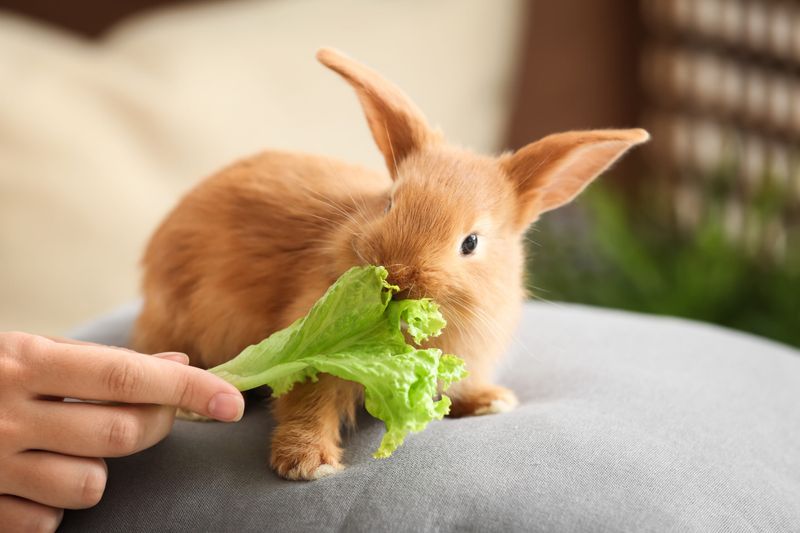
It’s a common stereotype that rabbits survive on carrots and lettuce. However, these foods should be given sparingly. A balanced diet for rabbits primarily consists of hay, fresh greens, and a limited amount of pellets.
Carrots are high in sugar, while lettuce can cause digestive issues if fed in excess. Providing a variety of greens ensures they get the nutrients needed for a healthy life. Proper diet management prevents obesity and other health problems.
Myth: Rabbits are silent and don’t communicate
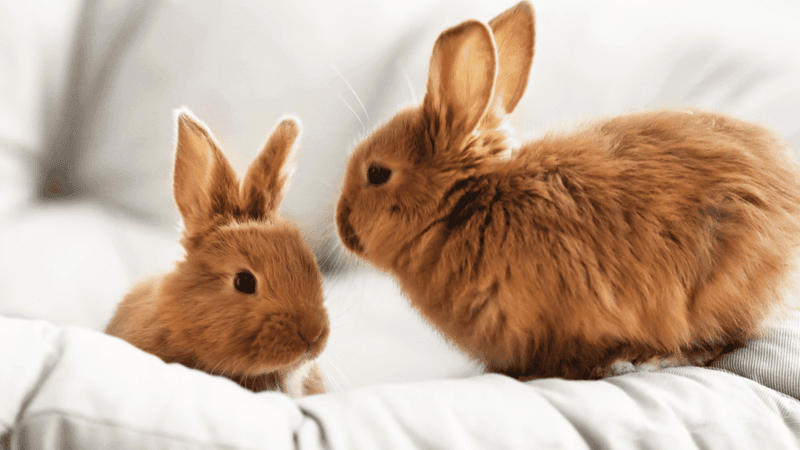
Though rabbits are generally quiet, they have a range of ways to communicate. They express themselves through body language, such as thumping their hind legs to signal danger or twitching their nose when curious.
Vocalizations like grunts or purrs can indicate contentment or discomfort. Understanding these signs helps owners respond to their needs and emotions. Rabbits also use nudges or nudging objects to convey curiosity or desire for attention.
Myth: Rabbits don’t live long
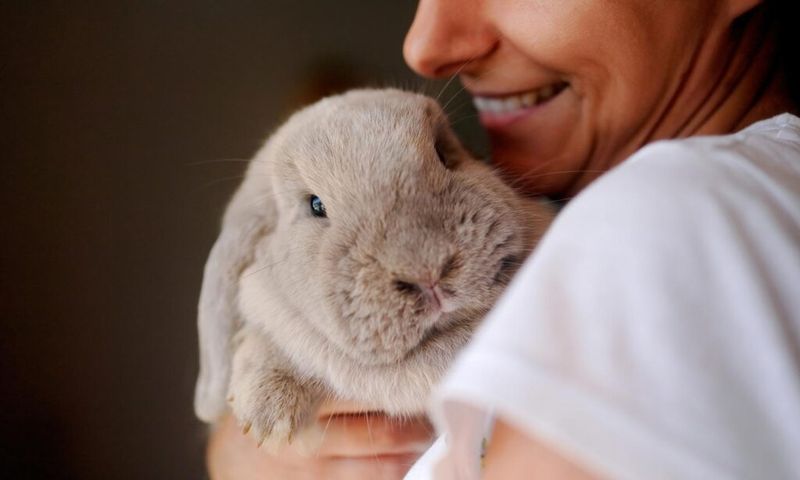
Some believe rabbits have short lifespans, but with proper care, they can live 8 to 12 years or even longer. Their longevity depends on diet, environment, and regular veterinary care.
Routine health checks and a stress-free lifestyle contribute significantly to a rabbit’s lifespan. Providing mental stimulation and companionship also enhances their life quality and longevity.
Myth: Rabbits don’t need grooming

Rabbits, especially long-haired breeds, require regular grooming to prevent matting and hairballs. Grooming helps with shedding and maintains their coat’s health.
Regular brushing reduces the risk of ingesting loose fur, which can lead to digestive issues. Additionally, grooming sessions provide an opportunity to check for signs of illness or parasites, ensuring overall health and comfort.
Myth: Rabbits are fine with any bedding
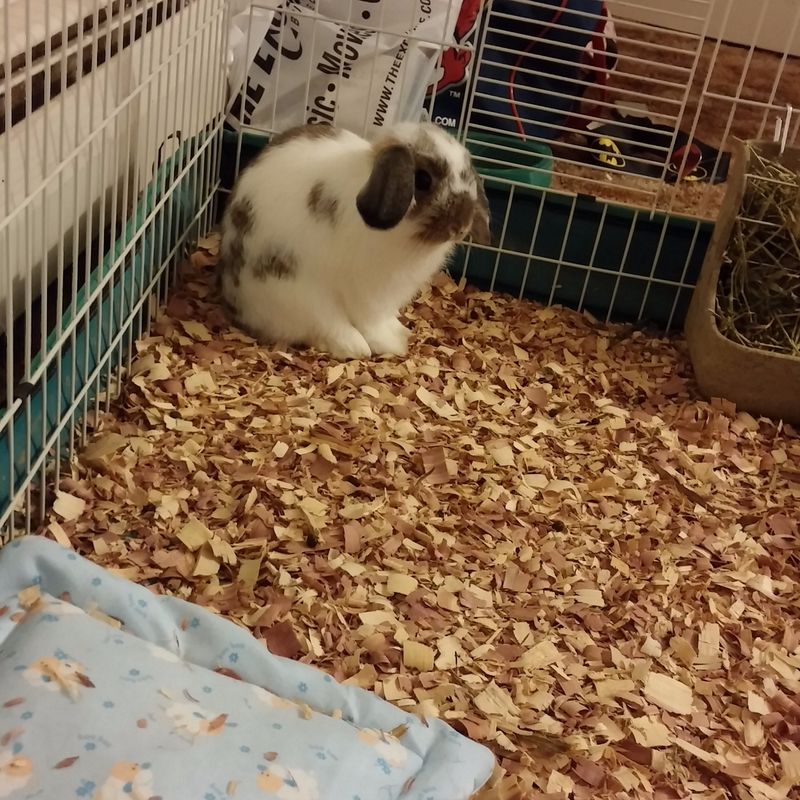
Using unsuitable bedding can cause respiratory issues or discomfort for rabbits. Soft, dust-free materials such as recycled paper or aspen shavings are ideal.
Avoid cedar or pine shavings, which can emit harmful fumes affecting a rabbit’s health. Proper bedding not only provides comfort but also encourages natural nesting behaviors. Ensuring a clean and safe environment is essential for their well-being.
Myth: Rabbits are happy alone
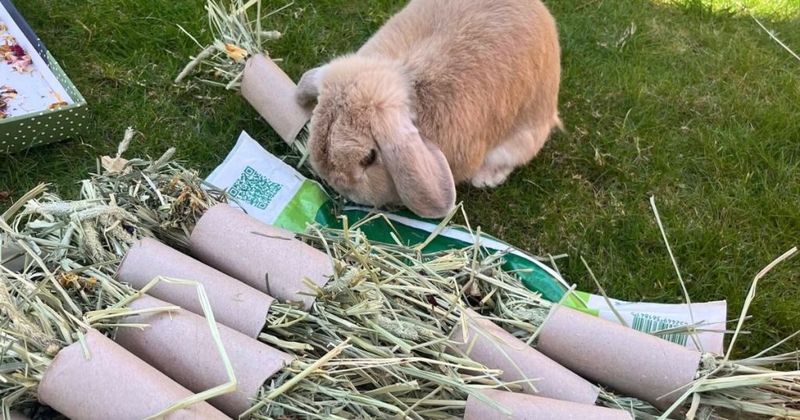
Rabbits crave social interaction and mental stimulation. A solitary rabbit in a barren environment can become bored and develop negative behaviors.
Providing toys, interaction, and possibly a rabbit companion can greatly enhance their quality of life. Engaging with them daily helps prevent loneliness and encourages a lively, happy pet.
Myth: Rabbits are cheap pets
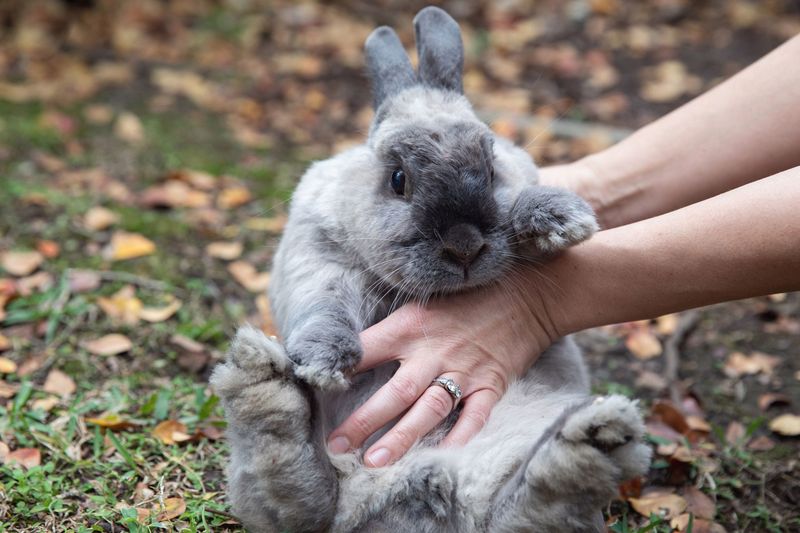
The belief that rabbits are affordable pets is misleading. Initial costs include cages, bedding, food, and toys, but ongoing expenses add up.
Regular veterinary care, grooming supplies, and quality food contribute to their cost. Unforeseen expenses, like medical emergencies, should also be considered. Responsible pet ownership includes budgeting for these needs to ensure a happy, healthy rabbit.
Myth: Rabbits and cats/dogs get along easily

While some rabbits can coexist with cats or dogs, it requires careful introductions and supervision. Predatory instincts in dogs and cats may pose risks to rabbits, causing stress or harm.
Gradual, supervised introductions help assess compatibility and ensure safety. Not all rabbits and pets will become friends, so understanding each animal’s behavior is key to a harmonious household.
Myth: Rabbits don’t need toys
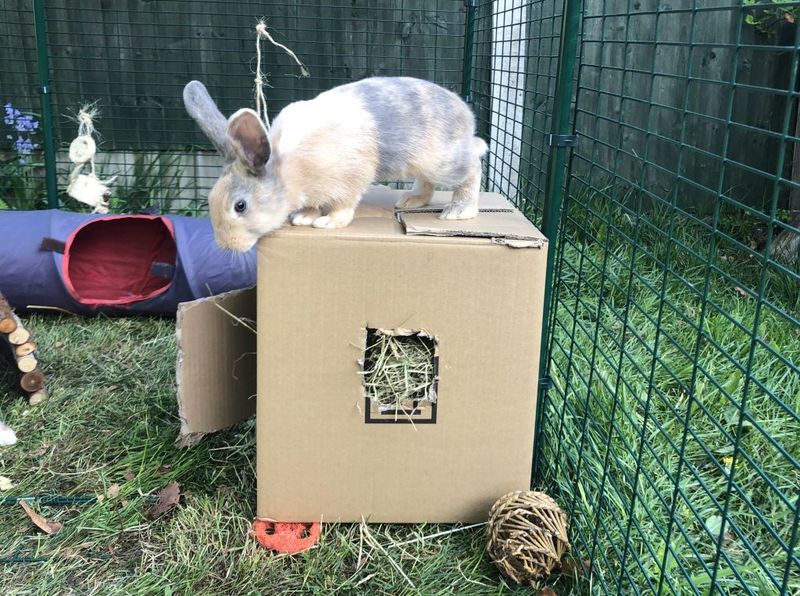
Toys are essential for rabbits to prevent boredom and encourage natural behaviors like chewing and digging. Without stimulation, rabbits may resort to destructive habits.
Providing a range of toys helps keep them mentally and physically active. Simple items like cardboard boxes, chew sticks, and tunnels can provide hours of entertainment. Regularly changing toys keeps their environment engaging and enriching.

